Bali, the enchanting island nestled in the Indonesian archipelago, is renowned for its pristine beaches, lush landscapes, and vibrant cultural heritage. The island’s unique blend of tradition and modernity has made it a popular destination for travelers seeking a taste of authentic Indonesian culture. In this article, we will delve into the kaleidoscope of Balinese culture, exploring its traditional arts, ceremonies, and the profound spiritual significance that permeates every facet of life on the island.
1. Traditional Arts and Performances:
Bali is a treasure trove of artistic expression, with traditional dance, music, and crafts playing a pivotal role in the island’s cultural identity. The Barong dance, a captivating performance that narrates the eternal battle between good and evil, is a prime example of Balinese dance drama. Visitors are spellbound by the intricate costumes, graceful movements, and the accompanying gamelan music, which creates a mesmerizing atmosphere.
2. Ubud, the Cultural Heart of Bali:
For those seeking a deeper immersion into Balinese culture, Ubud stands out as the island’s cultural epicenter. Surrounded by lush rice terraces and dotted with ancient temples, Ubud is a haven for artists and intellectuals. The town hosts regular cultural events, including art exhibitions, traditional dance performances, and craft workshops. The Ubud Royal Palace, a historical landmark, is a testament to Bali’s rich heritage.
3. Spiritual Significance:
Bali is often referred to as the “Island of the Gods,” and spirituality is deeply ingrained in the daily lives of the Balinese people. The island is adorned with countless temples, each a testament to the intricate architecture and spiritual devotion of the locals. Tanah Lot, perched on a rocky outcrop overlooking the sea, is one of Bali’s most iconic temples and is renowned for its breathtaking sunset views.
4. Festivals and Ceremonies:
Bali’s calendar is brimming with colorful festivals and religious ceremonies that provide a glimpse into the island’s spiritual tapestry. The Galungan festival, for instance, celebrates the victory of dharma (good) over adharma (evil), with locals creating intricately designed penjor (bamboo poles) to adorn their homes. Nyepi, the Balinese New Year, is a day of silence and introspection, with the entire island coming to a standstill.
5. Culinary Delights:
Balinese cuisine is a flavorful reflection of the island’s cultural diversity. Savoring a traditional Balinese meal is a journey through a myriad of tastes and aromas. Popular dishes include Babi Guling (suckling pig), Bebek Betutu (slow-cooked duck), and Lawar (a traditional mix containing finely chopped meat, vegetables, grated coconut, and rich herbs and spices).
In conclusion, Bali’s cultural richness is a mosaic of traditions, arts, spirituality, and culinary delights. The island’s ability to seamlessly blend its ancient heritage with the demands of the modern world makes it a captivating destination for those seeking an immersive cultural experience. Whether witnessing a traditional dance performance, exploring ancient temples, or savoring the local cuisine, Bali invites visitors to embark on a journey that transcends the ordinary and unveils the extraordinary charm of its cultural legacy.


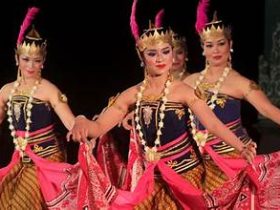
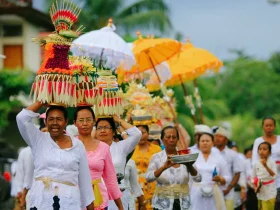
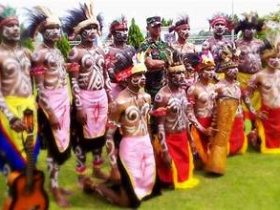
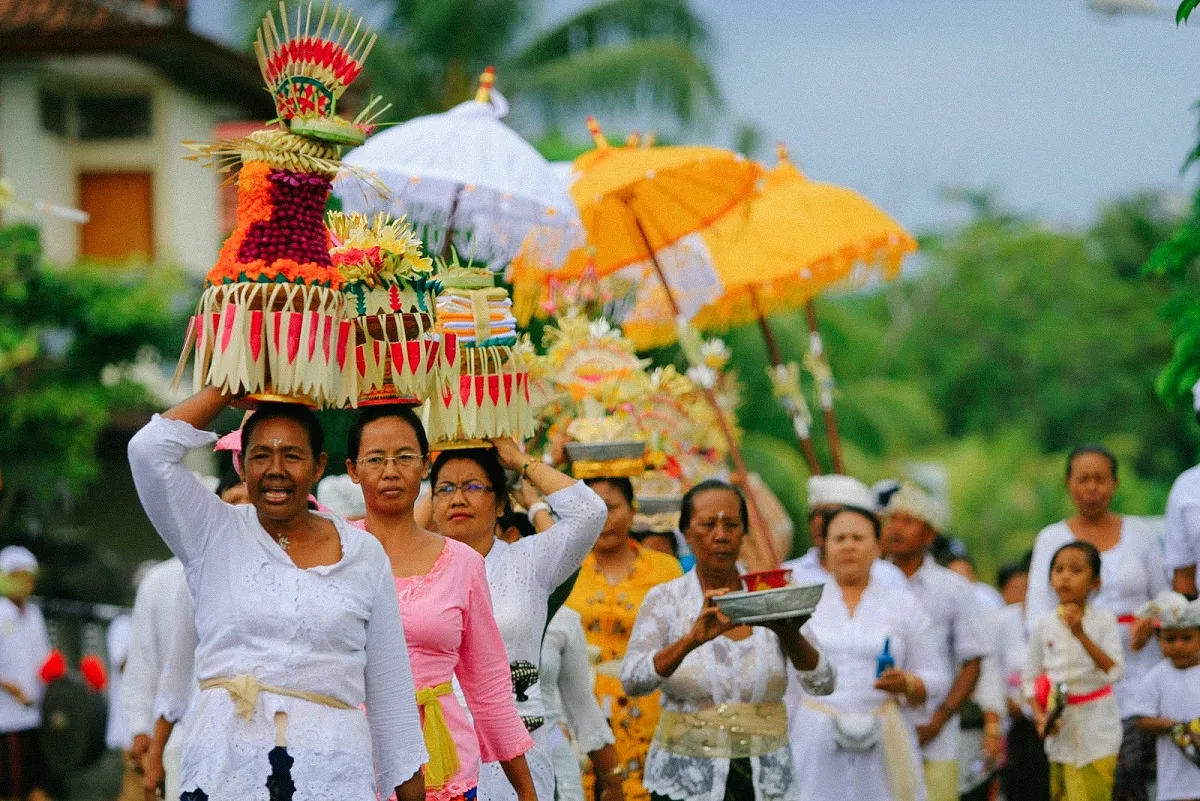
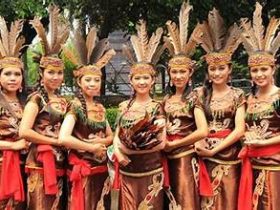
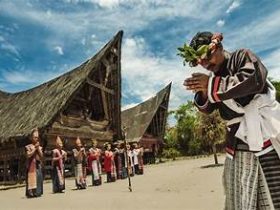
Leave a Reply